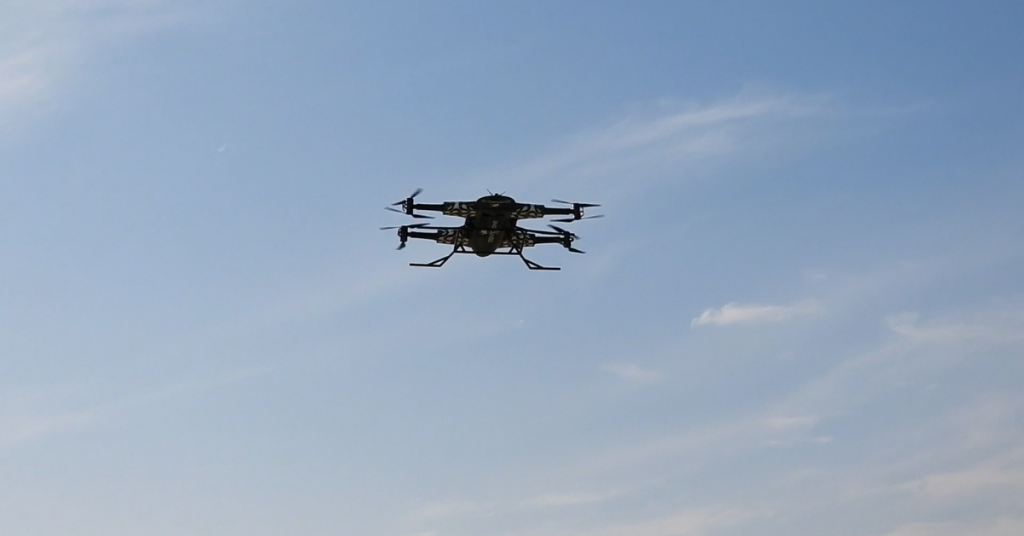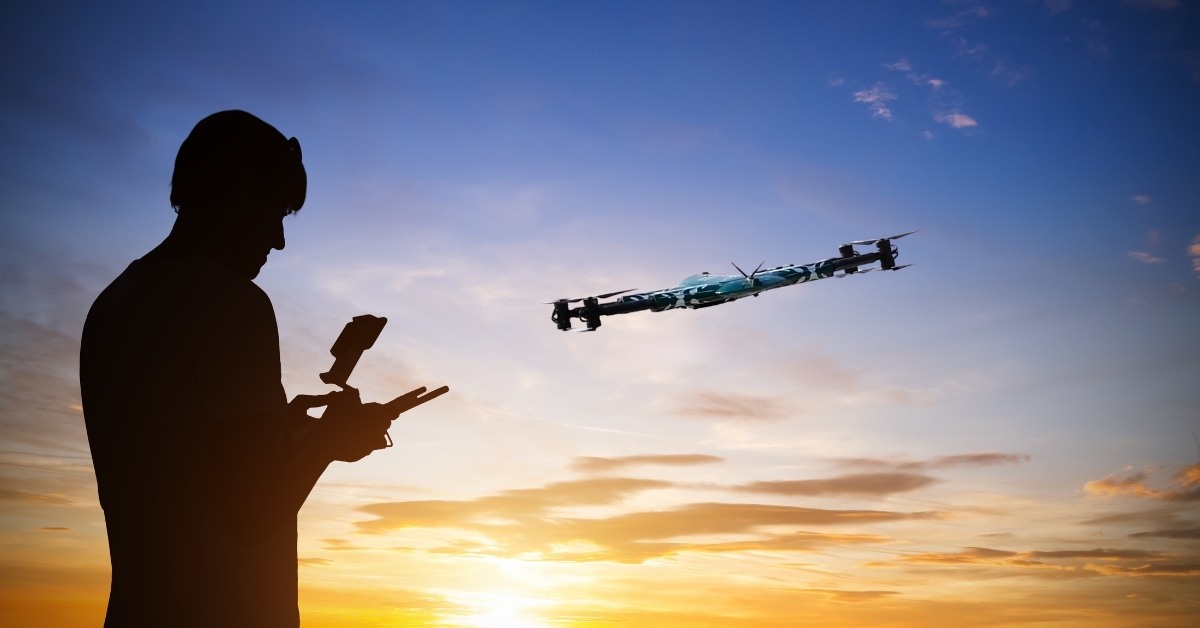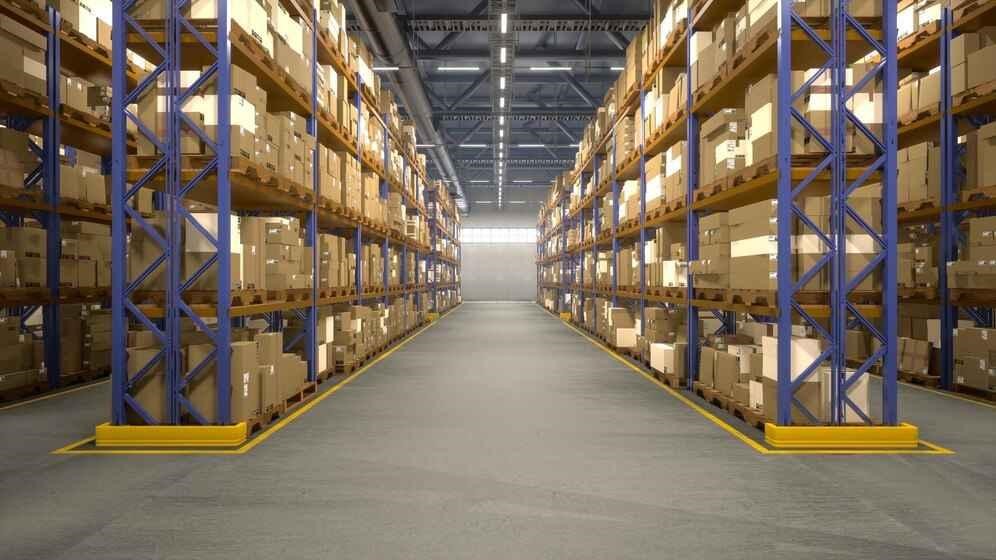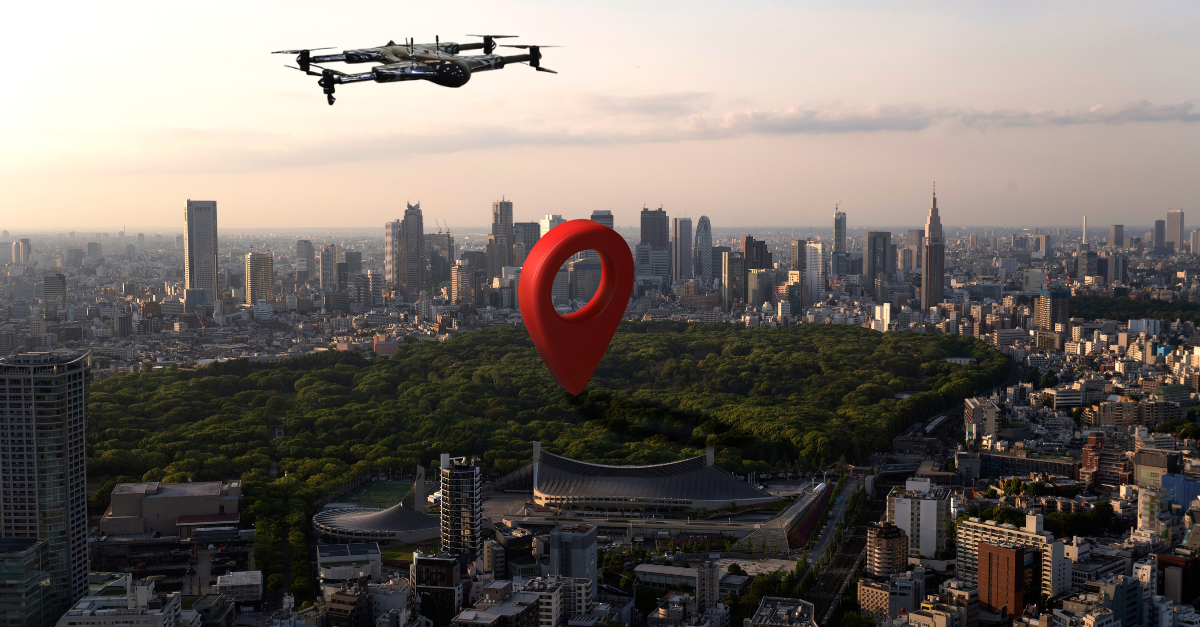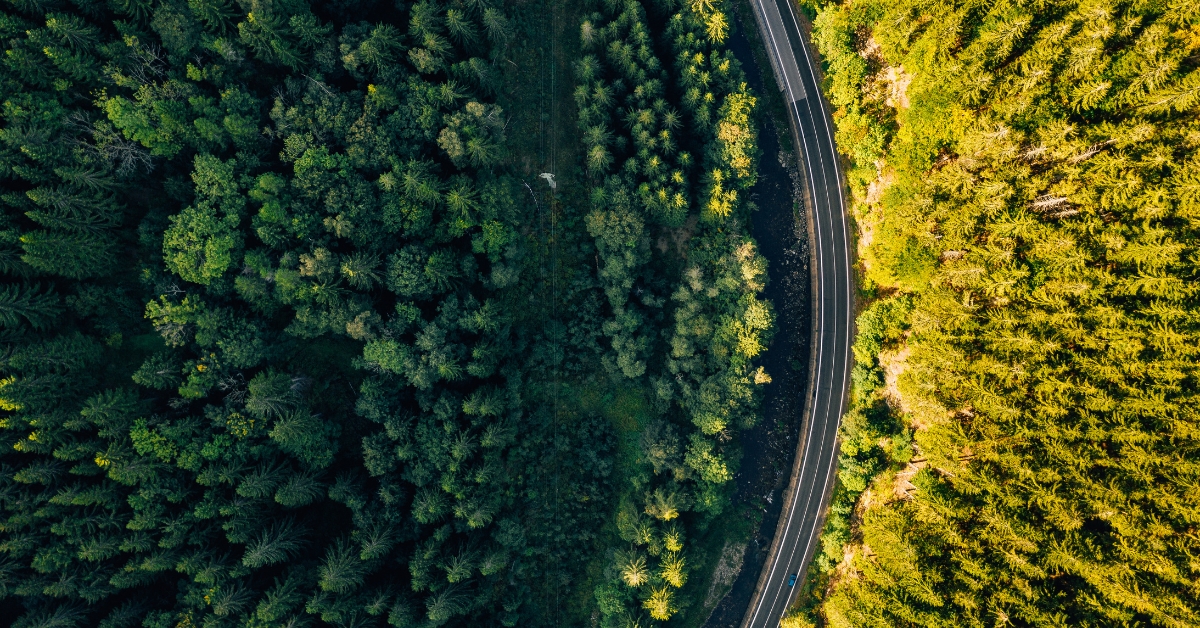A Bird's-eye View: How Drone Cameras are Enhancing Aerial Photography
Aerial photography has a long history dating back to the early 20th century. Cameras were mounted on kites, balloons, and rockets to take pictures of the ground below. Since technology has advanced drastically to what it is today.
Recently, drone photography has become more than a staple for many industries. It’s also an essential tool in fine art and commercial photography. Both professional and amateur photographers can use professional drones with camera attachments to produce high-quality pictures.
Shots or angles that once needed mounted cameras on planes or helicopters are now taken faster, safer, and more efficiently with drones. Additionally, with cheaper, high-quality models, anyone can start venturing into aerial photography.
The Benefits of Drone Photography
Professional drones with camera mounts and attachments can offer a unique bird’s-eye view of any scene. Everything from scenic vistas to significant sporting events can be captured from above in ways that ground photography can’t.
Drone photography offers many benefits for users, such as:
- Lowered cost and barrier to entry
Today’s drone photography has never been more affordable or accessible. In real estate listings, aerial shots of properties are often the standard for marketing materials.
- Unlocks more perspectives and viewpoints
Aerial photography offers users a unique bird’s-eye view of any scene. A drone’s features, from high-resolution cameras to built-in protection, allow photographers to explore different angles and shots.
Additionally, drones can also capture more than photographs. With special onboard sensors and advanced software, many commercial models can create highly detailed 3D maps today.
- Increases safety for industrial surveying
One of the biggest benefits quadcopters with camera attachments provide is their reach. They can fly at low and high altitudes, navigate tight spaces, and take pictures without putting pilots at risk.
What are the Different Types of Aerial Photographs?
In cinema, aerial shots are classic camera angles captured from higher elevations. In photography, they provide a deeper understanding of what’s happening below.
Typically, aerial photographs require specific camera equipment. Most of the time, this involves a high-resolution camera mounted on an elevated platform. These platforms can be drones, aircraft, or other floating objects.
Quadcopters with camera mounts and attachments can take aerial shots based on different camera axes:
- Vertical photographs
Vertical aerial shots tend to have no tilt in the camera axis. Because the axis is vertical, the image has little to no relief. It also results in a relatively small area covered compared to other types of pictures.
It’s essential to keep in mind that with vertical photographs, there is no tilt in the camera axis. The camera is often focused straight down, with the resulting image appearing more like a map.
- Low and high oblique photographs
Users can take low and high oblique photos by tilting the camera axis. For low-oblique pictures, the camera axis should be tilted more than three degrees until the horizon line isn’t visible.
Meanwhile, the camera axis should have at least 60 degrees of tilt for high oblique aerial photos. Quadcopters with camera mounts can capture pictures with plenty of relief, allowing viewers to identify natural and manufactured features.
- Large and small-scale photographs
Depending on elevation, professional drones with camera attachments and mounts can take large and small-scale photographs.
For large-scale photographs, drones can fly at lower elevations to capture objects in a more significant dimension. Meanwhile, small-scale pictures can be taken at higher elevations to zoom in and capture large areas without too much detail.
How to Choose the Right Drone for Aerial Photography
The camera is perhaps the most necessary attachment for any drone. However, it’s hard to find the right one with many professional drones with camera attachments on the market. Additionally, many features can make or break any drone.
The good news is there are a few criteria that can guide first-time buyers when making their purchase. Here are a few worth considering:
- Camera resolution and performance
Like digital cameras, quality makes a difference. Sensor size, resolution, and support for unprocessed data are likewise crucial for drones. Support for unprocessed data can be in RAW and digital negative (DNG) file formats.
The best aerial photography drone is capable of at least 12-megapixel photos. Higher resolutions are significant when taking videos as well.
- Obstacle avoidance
Quadcopters with camera attachments and mounts are delicate pieces of equipment. First-time buyers should invest in a model with obstacle-avoidance features to avoid damaging them.
Enhanced mobility and collision detection matter when flying in strong winds or navigating tight spaces. They prevent bumping into objects, are less stressful to fly, and allow pilots to focus more on taking pictures or videos.
- App and controller design
Drones come in different models, which means they have other controller systems. Users may control the drone using a mobile app, a controller, or both.
First-time buyers should consider models with intuitive control schemes or a companion app for easier use. Wireless connections also matter since they determine responsiveness and video transmission smoothness when taking pictures or filming.
The Bottom Line
Commercial and professional drones with camera mounts and attachments have come a long way. Aside from being widely available, they are now much cheaper, easier to fly, and more powerful. They have revolutionized modern aerial photography and are here to stay.
Additionally, as technology improves, drones will have enhanced features as well. For example, better drone cameras and sensors will allow users to take higher-resolution photos and videos. Hardware will also allow for even more storage space and processing power.
There is no better time to start with drone photography than now. If you’re still looking for a suitable drone, book a demo with us today – we’d love to hear from you!






